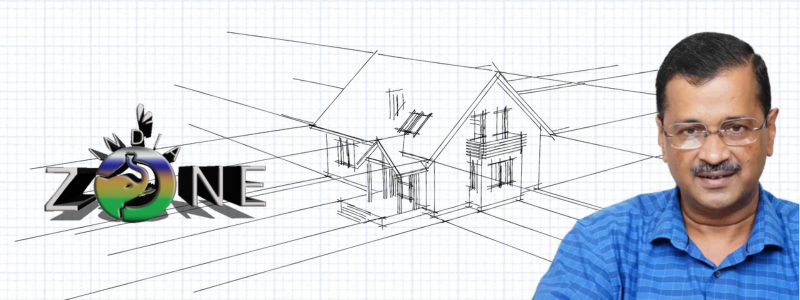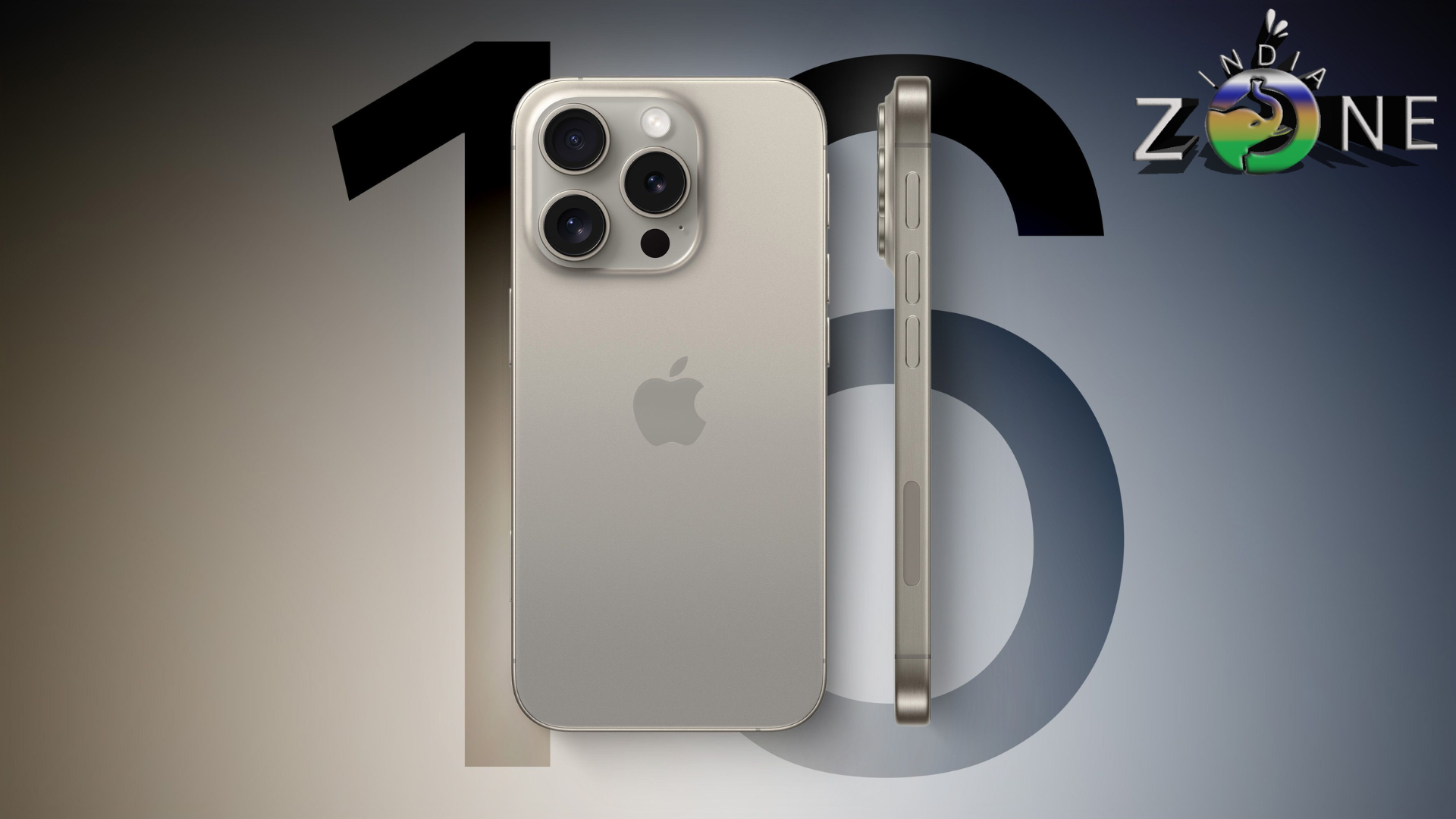
Coins from the British monarch William IV’s reign, Victorian-era silver coins, copper coins thought to date from King Joao IV of Portugal’s early 19th century, gold bars, and banknotes from various 17th- and 20th-century dynasties are all part of a “treasure” that was recently discovered in the lockers of a Portuguese-era heritage building that once housed the Goa government’s Directorate of Accounts office.
Recently, the Directorate of Accounts moved to a new structure in adjacent Porvorim from the historic “Facenda” building near the Old Secretariat in Panaji. The “treasures” were removed from sealed envelopes and outdated cabinets of the treasury as part of the procedures to move the files and inventories, marking only the second occasion since Goa’s liberation and a 32-year break.
Goa Chief Minister Pramod Sawant told the reporters following a Cabinet meeting on Friday that a high-level team had been formed to unlock the Directorate of Accounts’ locked cabinets. According to sources, the committee convened at “Facenda” on February 20 and discovered 17 sealed envelopes holding various treasures.
“This is the second time the state has unlocked the strongbox since Goa’s freedom. 1992 saw its original opening. He stated that every item had been recorded and that a thorough report had been written on it, including a history of each one.
Sawant went on to say that the state museum would eventually show the samples of coins, money, and other artifacts.
Goa’s rich tapestry of Portuguese colonial history is revealed by the amazing variety of historical items that have been discovered. A remarkable collection of 1,600 silver coins from the prestigious Victorian era is housed among these treasures; each piece bears witness to a bygone era of luxury and commerce. 1,746 Arabic-Persian silver-copper coins are included with them, serving as a subtle reminder of the thriving ancient trade that formerly existed in these regions. Eighteen coins with elaborate Arabic inscriptions, each offering a glimpse into the linguistic and cultural diversity of the past, add to the coins’ attractiveness.
The discoveries don’t stop there, though. Together with 85 silver Spanish coins that sound like the echoes of ancient maritime trade lines that once crisscrossed the oceans, 2.23 kg of glittering gold bars that conjure images of richness and prosperity from centuries past were also discovered. Additionally, 200 Maratha empire coins document a period of regional dominance and influence, while 38 kg of 1840s copper coins provide a concrete link to the Portuguese colonial past, thought to be connected to the reign of Portuguese King Joao VI.
Beyond money, the dig finds a wealth of items from the Portuguese colonial era, such as British and Portuguese colonial money notes that shed light on the era’s economic systems. Furthermore, a dizzying collection of jewelry, ranging from bracelets to pendants, provides an insight into the personal accessories of bygone eras. In the meantime, everyday objects like lamps, cups, and tumblers shed light on the daily routines of the people who previously called these places home.
The discovery of sealed envelopes containing signatures, indicating that an inventory of these antiques was created as early as 1992, emphasizes the significance of these findings even more. This archival information provides a fascinating window into the diligent record-keeping procedures of past generations, adding depth and context to the find’s significance.
In addition, the finding of 832 copper coins in the Sattari, North Goa, hamlet of Nanoda Bamber serves as a sad reminder of the riches that are concealed beneath the surface of the ground. These coins, which date to the 16th and 17th centuries, provide a material connection to the area’s Portuguese ancestry and emphasize the significance of conserving and honoring India’s rich cultural past for future generations.











